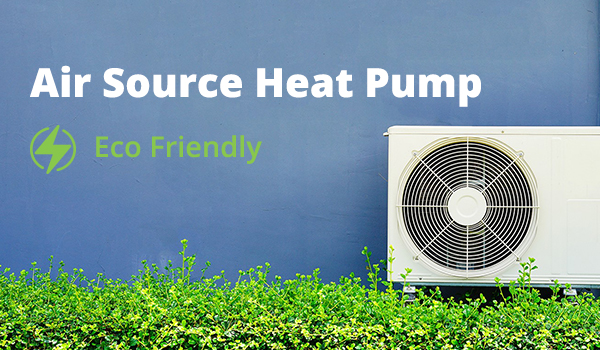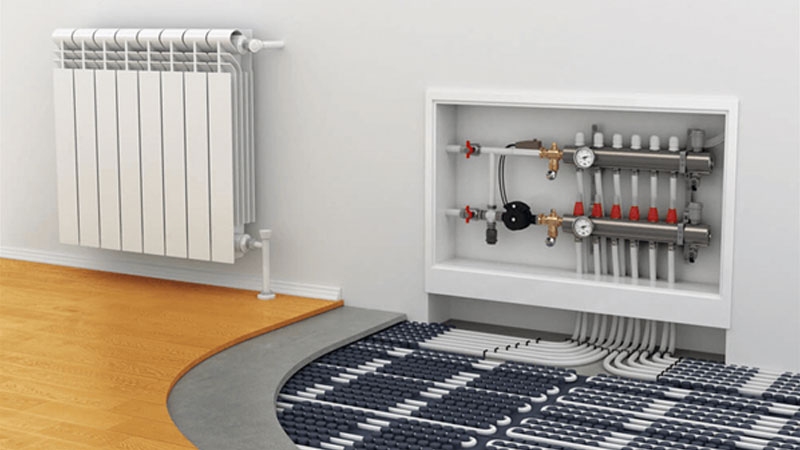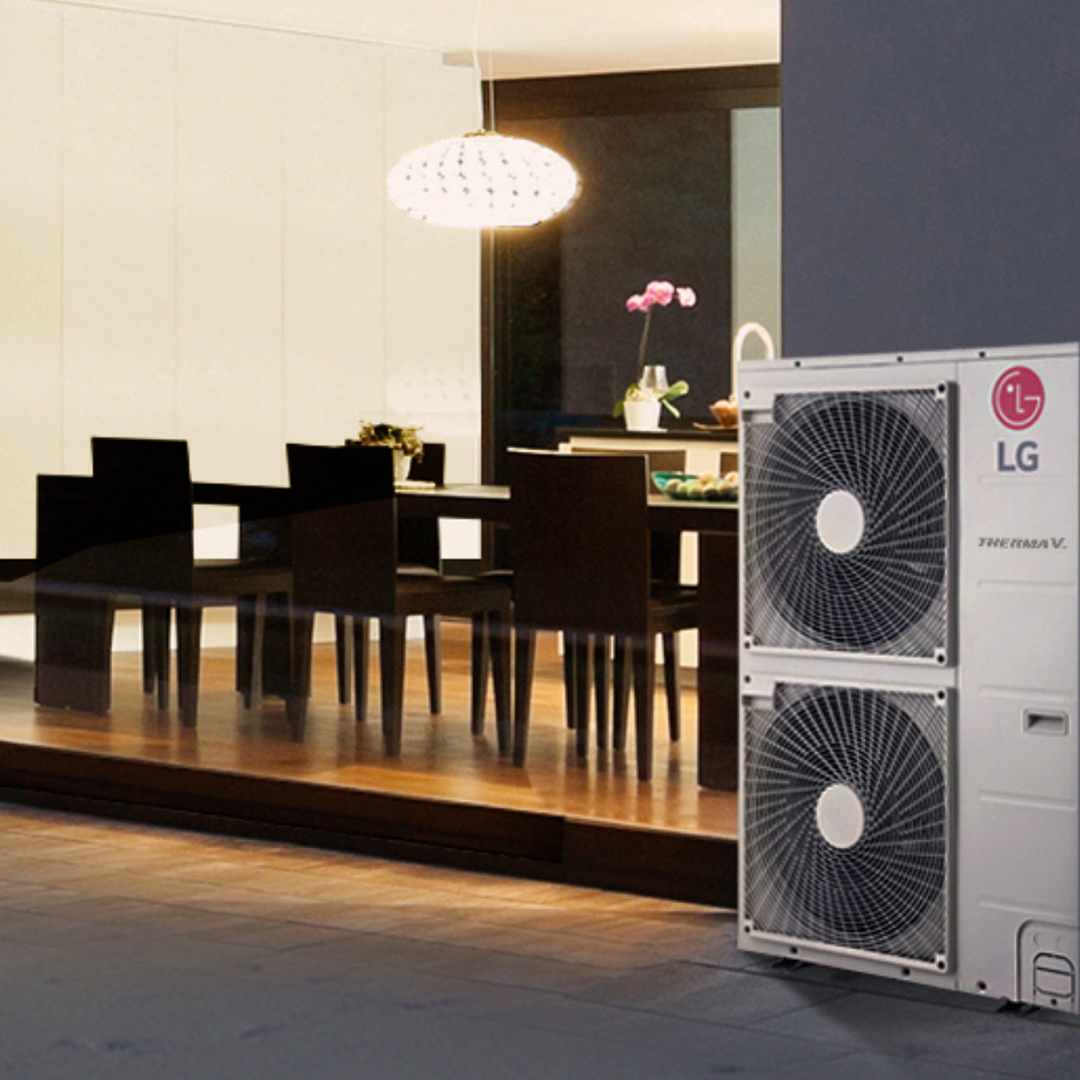The Pros and Cons
Are you a homeowner with a gas, electric, LPG, oil or wood heating system? Do you have high heating bills and is your heating system is over 5 years? Have you ever thought about an air source heat pump? Along with being Eco-friendly they could reduce your heating costs by a considerable amount.
What Is An Air Source Heat Pump?
An air source heat pump works by transferring heat absorbed from the outside air to an indoor space such as an office, home or a building via the wet central heating systems to heat radiators and provide hot water. It works like a refrigerator. Air source heat pumps can also work as a cooling system in the summer months. Air source heat pumps are usually placed outside of a home, office or building where there is adequate space.
There Are Two Main Types:
- Air-to-air heat pumps – absorbs heat from the outside air and then transfers it directly into your home via a fan system to heat a room or an indoor space.
- Air-to-water heat pumps – absorbs heat from the outside air and then transfers it via your central heating system to provide both hot water heating and heating for an indoor space.
Advantages of an Air Source Heat Pump
Here are just a few reasons why installing and air source heat pump makes sense for both the environment and your pocket. There are significant advantages of purchasing an air source heat pump:
- Heat Pumps provide a low carbon footprint
- Air source heat pumps can alternatively be powered by solar power instead of electricity
- An air source heat pump can deliver heat at a lower temperatures at -20 C compared to conventional oil and gas boilers
- You could potentially receive RHI incentive by producing your own heat through the UK’s Renewable Heat Incentive
- You can heat hot water for immediate or later use
- Save on your energy bills
- Long lifespan of units, with proper maintenance they can be operational for up to 20 years
- Air source heat pump Installation takes just a few days
- They should be cleaned every few months and serviced by a technician once a year
- Provides heating in the winter and cooling in the summer
- Efficient in summer due to high Seasonal Energy Efficiency Rating (SEER)
Disadvantages of an Air Source Heat Pump
The main disadvantages associated with air source heat pumps are listed below:
- This type of Air Source heating lowers heat supply compared to oil and gas boilers, so larger radiators would be needed
- They perform better with underfloor heating or warm air heating and work more efficiently when coupled with larger radiators
- Air source heat pumps are not the best option if you live on gas mains
- They need electricity to be powered if there is no access to solar energy
- You would need a highly insulated home to reap the high energy savings benefits
- Noisy like an air conditioner when it is running, depends on manufacturer and model
- Less efficient in winter due to low Coefficient of Performance (COP) levels
What to Take Into Account Before Installing an ASHP
When thinking about installing air source heat pumps, homeowners should consider two main factors:
- Costs: The cost of installing an air source heat pump is usually between £3,000- £11,000. N.B: Additional costs may be incurred depending on the size of your property and your specific requirements.
- Insulation: Air source heating is highly efficient if used correctly. To have a high return in terms of saving from purchasing and using an air source heat pump it is important to have a well-insulated home, with especially loft insulation. This makes sure that the heat generated within the home does not escape, thus allowing for a consistently warm home during the winter.





